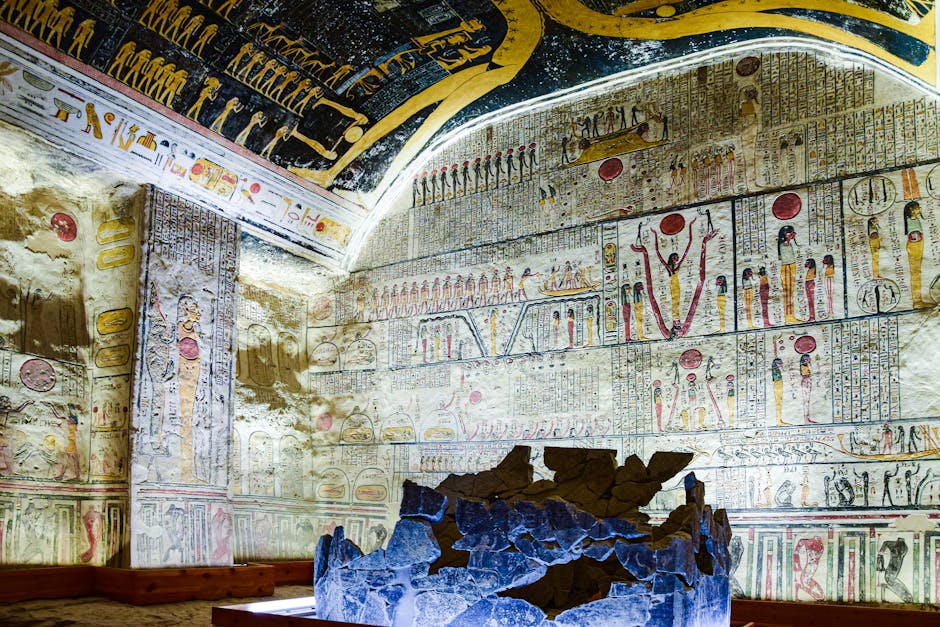In the vast expanse of the Nevada desert, the Luxor Las Vegas stands as a modern homage to the ancient wonders of its namesake city in Egypt. This connection between past and present was recently highlighted by the discovery of new tombs in Luxor, Egypt, bridging the gap between the entertainment of today and the historical intrigue of yesteryears. The Luxor in both Nevada and Egypt captivates the imagination, drawing parallels that extend beyond their shared name.
From Vegas to Egypt: A Tale of Two Luxors
The Luxor Las Vegas, managed by MGM Resorts, not only serves as a beacon of entertainment but also as a gateway to the ancient world. Its iconic pyramid structure and Sphinx replica invite guests to delve into the mysteries of Ancient Egypt. Meanwhile, the real Luxor, located in Upper Egypt, continues to be a site of significant archaeological importance. The recent discovery of three new tombs dating back to 1550-1070 B.C. has provided invaluable insights into the lives of high-ranking statesmen of the era.
“These discoveries are not just milestones in the field of archaeology; they are bridges connecting the curious minds of today with the ancient wisdom of the past.” – Experts suggest.
The Impact of Luxor’s New Tombs
The significance of these tombs extends beyond their historical value; they offer a unique lens through which we can understand the complexities of ancient Egyptian society. The artifacts and relics unearthed promise to shed light on Egypt’s storied past, enhancing our collective knowledge and appreciation for this ancient civilization.
Modern Myths and Ancient Wonders
The narrative of Las Vegas’ Luxor is intertwined with tales of modern myths, including the last days of Tupac Shakur. Such stories add a layer of contemporary legend to the architectural homage to antiquity, illustrating the complex relationship between historical reverence and modern-day lore. For those fascinated by the blend of history and modern entertainment, the return of YouTube sensation MrBeast to Las Vegas offers a contemporary exploration of this dynamic.
Exploring the Wonders of Luxor: A Journey Through Time
As we look to the future, the tales of both Luxors – from the archaeological finds in Egypt to the cultural phenomena in Las Vegas – will continue to captivate and inspire. These stories serve as a testament to humanity’s unending quest for knowledge, bridging continents and epochs, and highlighting our fascination with the ancient world.
“Luxor stands as a monument not just to human achievement, but to our perpetual quest for understanding and connection across the ages.” – Industry analysts note.
Conclusion: The Legacy of Luxor
The discoveries in Luxor, Egypt, and the thematic allure of Luxor Las Vegas underscore the enduring appeal of ancient civilizations in contemporary culture. These developments remind us that history is not merely a record of the past but a continuous narrative that enriches our present and informs our future. As custodians of this narrative, places like Luxor Las Vegas play a pivotal role in fostering a deeper appreciation for the mysteries of the ancient world, ensuring that the legacy of Luxor continues to inspire awe and wonder for generations to come.
Stay informed about the latest updates in fascinating destinations and cultural insights with our latest updates.










Leave a Reply